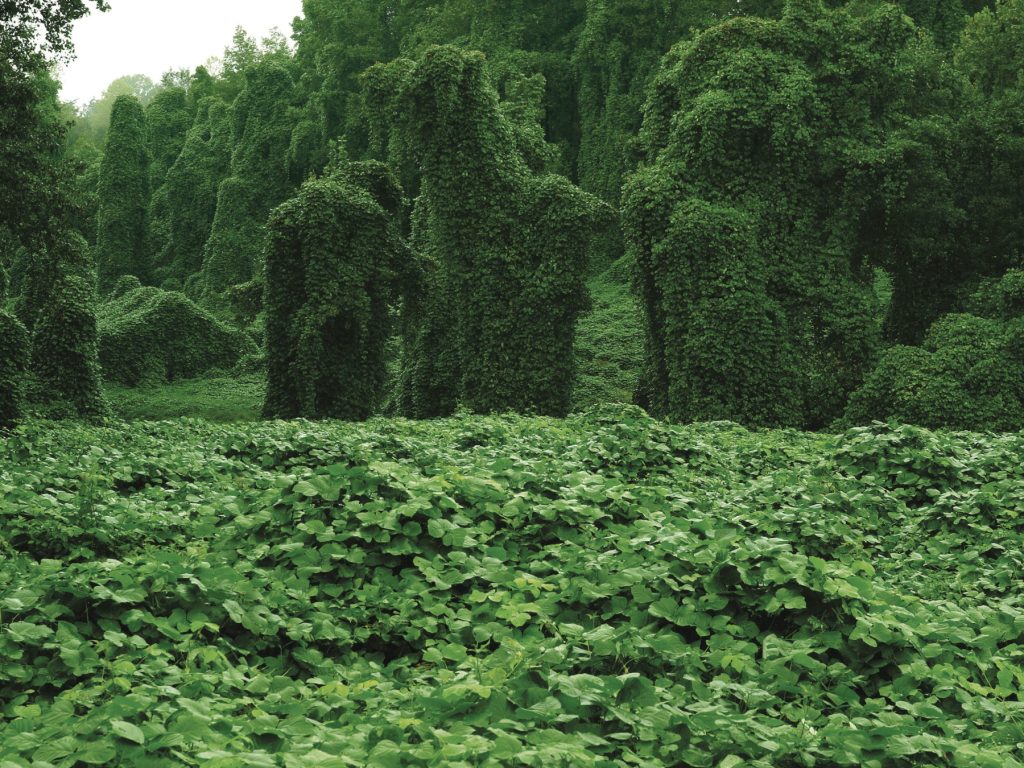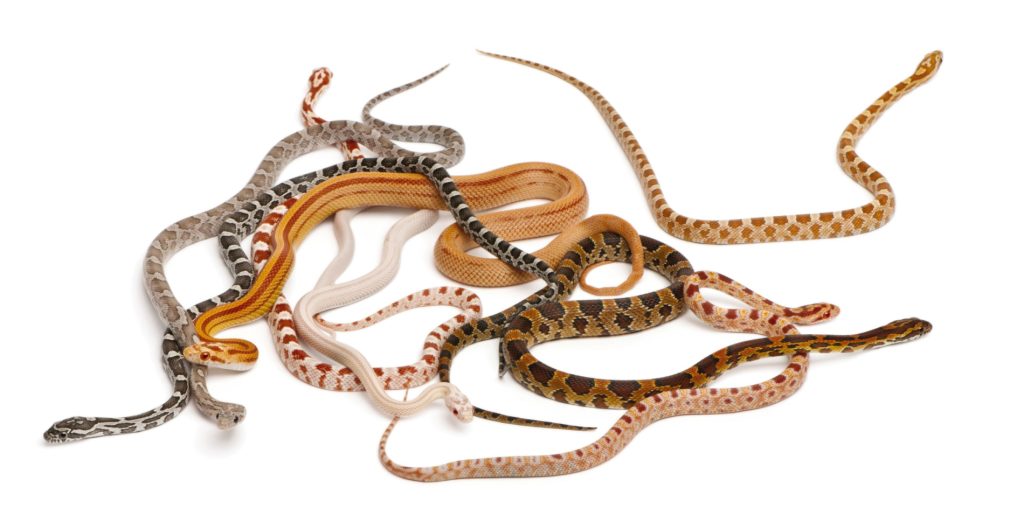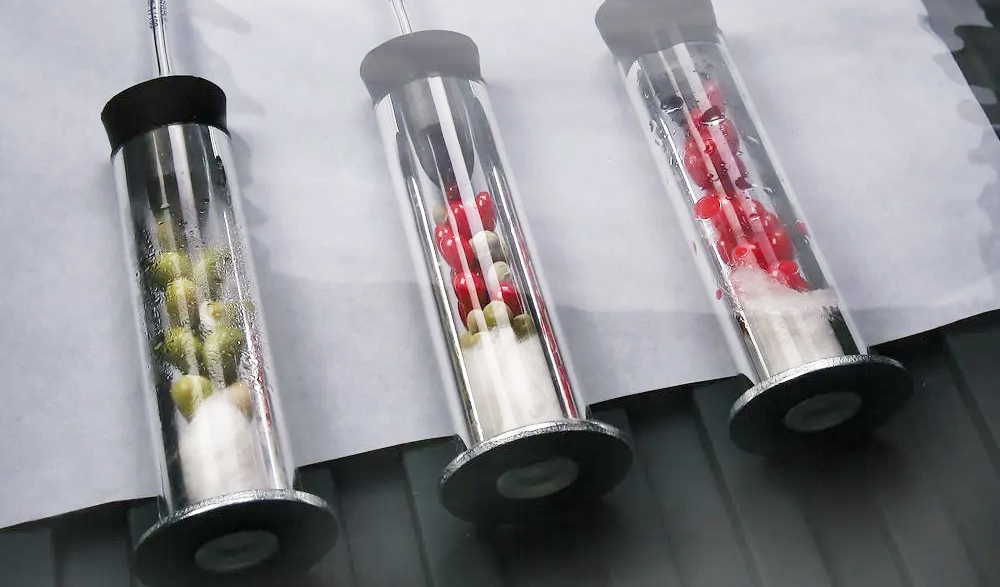Dihybrid Inheritance Patterns with Wisconsin Fast Plants: 3-D Genetics Teaching Actively Engages Learners in Making Sense

Dihybrid genetics versus Monohybrid Inheritance Patterns: Which to choose? Wisconsin Fast Plants seed lines offer both mono- and dihybrid inheritance options for teaching genetics. So, when might you choose the dihybrid model? Answering that question is discussed in this article in the context of planning for how we facilitate genetics investigations with Fast Plants. In […]
Survey of Protista

Carolina LabSheets™ Overview In this lab, students observe a variety of protists and record basic observations of them. Traditionally, protists were classified under Domain Eukarya, Kingdom Protista, and were divided into phyla mainly on the basis of their mode of locomotion. However, it has long been recognized that Protista is not a natural grouping, and that mode […]
Meiosis and Genetics

Carolina LabSheets™ Overview In this lab, students investigate how the events of meiosis relate to Mendelian genetics. The lab is designed to supplement the Meiosis Activity of our Carolina BioKits ® : Chromosome Simulation. Download Student Lab Sheet Needed Materials Carolina BioKits ® : Chromosome Simulation (#171100) Optional Materials Small, colored adhesive dots can be used […]
Invasion! Invasive Species Activity

Introduced species (also known as alien, nonnative, nonindigenous, or exotic species) are organisms that have been either accidentally or intentionally brought into an ecosystem in which they were not formerly found. The introduction of an organism may be beneficial, have no effect, or have a negative impact on the ecosystem into which it is released. […]
How Snakes Lost Their Legs

An introduction to evolutionary development and gene regulation Fossil, embryological, and genetic evidence support the view that ancestors of modern snakes had legs. Use the absence of legs in the snake body plan as an engaging case study to introduce students to the concepts of cell differentiation, mutation, and gene regulation in the context of […]
Top 10 Tips from AP Summer Institute Instructors to Prepare Students for an AP Exam

Test day may be several weeks or even several months away, but it is crucial to start preparing early for the AP exams rather than later so that you’re not rushing through test preparation in May. Here are some tips you can use to incorporate test preparation and practice into your curriculum throughout the year or semester.
Writing Strategies for AP® Exams

Teachers and students continue to face unprecedented challenges due to the coronavirus pandemic. This situation has impacted AP® students, teachers, and courses. Given the tumultuous nature of the past two school years, students need more help and practice now than ever before. As you focus on the science content, do not overlook the importance of […]
Advanced Placement® Exam Preparation and Test Taking Tips

5… 4… 3… 2 … 1 … Test day! Students are counting down the days until AP® exams begin. What can you do to help students with the final push to test day? Take a look at these helpful resources that we’ve compiled to help you cover all the bases. General test taking tips Throughout […]
AP® Free-Response Questions: Dos and Don’ts

Flo Gullickson, an experienced AP® Environmental Science teacher and exam reader, shares tips on how to approach free-response questions.
Demonstrating Cellular Respiration and Fermentation

Cellular respiration and fermentation are 2 of the most challenging concepts for introductory biology students, who may become so consumed by memorizing steps of the Krebs cycle and glycolysis that they lose sight of the big picture. The following demonstrations place aerobic cell respiration and fermentation firmly in grasp. First, students observe respiration in germinating seeds by detecting the carbon dioxide produced. Next, they observe the carbon dioxide gas produced by yeast fermentation.
